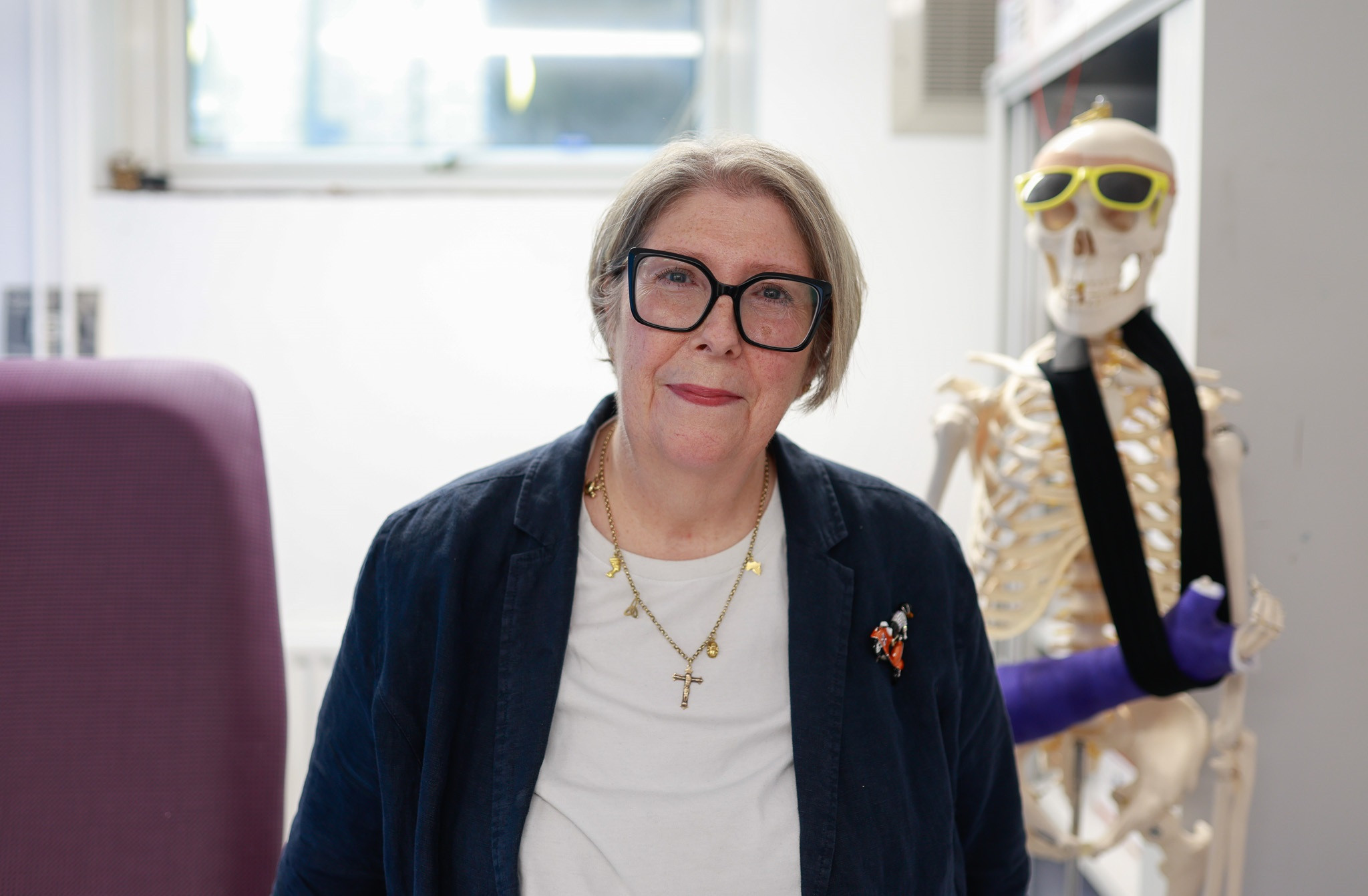
A tot of sherry and a royal visit feature in Shirley’s memories over five decades
A nurse who spent almost half a century caring for the people of east Kent has finally hung up her uniform.
Shirley Bowskill started her training in 1977, aged 18, and went on to specialise in trauma and orthopaedics, working on wards at the Royal Seabathing Hospital and the Queen Elizabeth The Queen Mother Hospital in Margate.
She also worked as a sister in the plaster room at the QEQM and Royal Seabathing Hospital, and as a senior orthopaedic practitioner at the Kent and Canterbury Hospital, and has seen many changes over the decades.
Shirley, who lives in Margate, said: “So much is different – not least that we don’t use plaster of Paris as our primary material now.
“We now use different types of synthetics, which are so much more lightweight, and allow patients to weight-bear after 20 minutes, instead of two days.
“It’s also a lot less mess to clean up at the end of a day!”
Nursing was Shirley’s dream career since childhood – apart from a brief period aged seven when she considered raising ostriches in Australia. She was inspired by her mum’s experiences as a nurse during World War Two.
She said: “It has been more than I imagined. When I first started we worked very hard, we didn’t have all the equipment they have on the wards now.
“But we played hard as well. We had a lot of fun, but I don’t think the teams have time for that now.
“We knew when we could be naughty and we knew when to be professional.
“The uniform policy was strict, but we were proud to wear it and we all wore the same thing.”
At the Royal Seabathing Hospital, Shirley worked on the orthopaedic wards, often caring for patients for months at a time while they were in traction.
Smoking was permitted in bed on a veranda, and elderly patients could be prescribed a tot of sherry before dinner as an appetiser.
She said: “There were a lot of young men in traction for three months; they could be quite a handful!
“We didn’t have the pins and screws back then that we use now, and how we treated trauma was very different.
“I looked after the archives at the hospital so I could see how they used to treat the patients with tuberculosis, including dips in the sea and leaving patients in the garden with magnifying glasses to help amplify the sun’s rays.
“Tuberculosis went to the bones so that is how it developed into an orthopaedic hospital.”
Shirley was on duty when Queen Elizabeth and Prince Philip toured the hospital, and escorted Prince Philip.
She said: “He was great fun, and interested in everything we did.
“They visited for the hospital’s 200th anniversary, and it was lovely to show them how everything worked.”
Shirley has cared for thousands of patients over the years, and the most memorable were children who were treated for talipes, or club feet.
They were put in plaster from the age of three weeks to gradually change the foot’s position, before having surgery to cut a tendon, followed by more time in plaster.
She said: “When you see patients you treated 10 years ago as a baby walk into the clinic room without any discernible limp, that is the most gratifying experience.
“Often their parents remember us as well, which is lovely.
“I always find trauma and orthopaedics the most satisfying profession because we can really make a difference and help our patients get better.
“If someone has a hip replacement, they will walk out and never think of us again, which is the best result for them.”
Shirley celebrated her retirement, and her 66th birthday, with a weekend at Butlins with colleagues. She now plans to focus on renovations to her house and spending more time with friends.